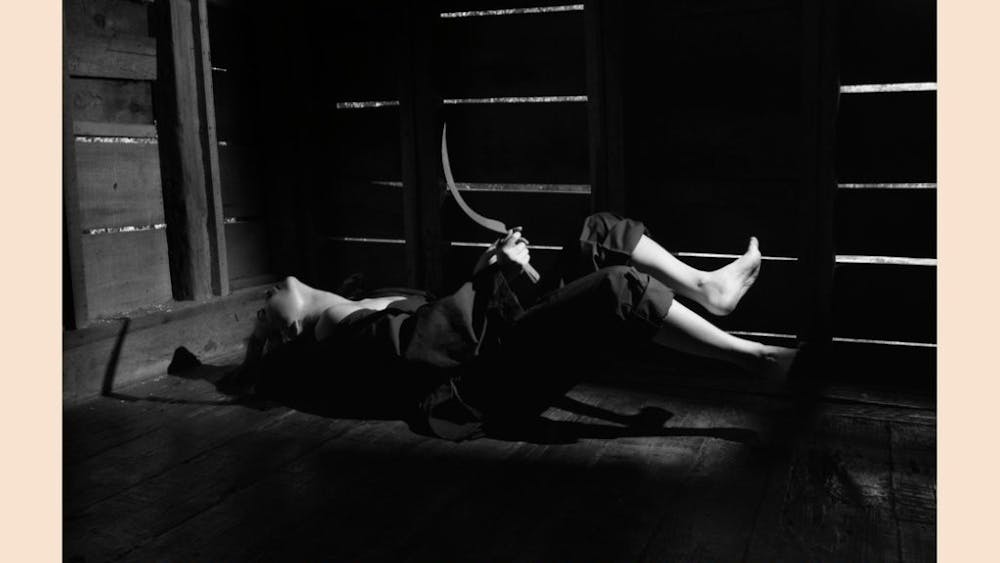Gay people, like most people, have our little bits of subcultural folklore and urban legends. We might decry and denounce the misinformation spread about us by our enemies or other outsiders, but we have a rich mythology of our own. For your entertainment, I'll share a few examples.
Bloomington has the second-highest GLBT population per capita in the United States, after San Francisco. \nI began to hear this one in the mid-1990s. As far as I can discover, no one has ever done a national survey to determine the per capita GLBT population of American cities and towns. I think research on that scale (close to that of the U.S. census) would have received some publicity, to say nothing of denunciations from some conservatives.\nWhat indicates the presence of an urban legend here is that on the Internet, I've encountered the same claim about numerous other college towns in the United States, from Iowa City to Lawrence, Kan. As so often with urban legends, this one is often spread by spokespeople for campus GLBT organizations, counseling professionals and other people who ought to know better -- or at least be a little more careful about checking their facts.
The Greek lambda became a symbol of gay pride in ancient times, when gay Greek soldiers would brand it on their arms. \nThis rumor flourished about 10 years ago, and I haven't heard it lately, but for a while in the early 1990s it turned up often in gay Bloomington. No one could point me to a historical source to back it up, though. I think the legend faded as the rainbow flag and rainbow-hued freedom rings became popular symbols among GLBT people, and the lambda became more obscure. \nAs it happens, the lambda became a symbol of gay pride around 1970, when members of Gay Activists Alliance in New York City chose it, more or less at random, because it looked good. I know this because I met members of GAA who confirmed other reports. If the symbol had a past in ancient history, they were unaware of it, and rumors of its use among ancient Greek soldiers didn't turn up until two decades later.
Sex researcher Alfred Kinsey proved most people are bisexual, with only a few people exclusively homo- or heterosexual. \nThis statement is a perennial I've been running into for decades, since the 1970s at least. Sex researcher Albert Kinsey might have believed it personally, but if he did discover most people are bisexual, he neglected to show it in his landmark studies of human sexuality. \nFifty-four percent of the white American males whose sexual histories are analyzed in his book, "Sexual Behavior in the Human Male," were either exclusively heterosexual or exclusively homosexual throughout their adult lives. Of the remaining 46 percent, most had minimal sexual experience with the "wrong" sex, often no more than one encounter. If that qualifies them as bisexual, it's only in a narrow technical sense. Among women, the figures differ because of women's generally lower rate of sexual experience, but the pattern is roughly the same.\nI've found when confronted with the facts, the people who've made this claim of near-universal bisexuality often will denounce Kinsey as an unreliable source. Never mind that a few minutes before they were citing him as gospel: What they wish were true is more important to them than facts. \nAnd so it is with the other legends I've discussed here. One fellow told me he thought the story of ancient Greek soldiers branding a lambda on their arms was more interesting as folklore anyway, and worth studying as an expression of contemporary gay men's attitudes. I agree to some extent -- as long as we know it's folklore.





